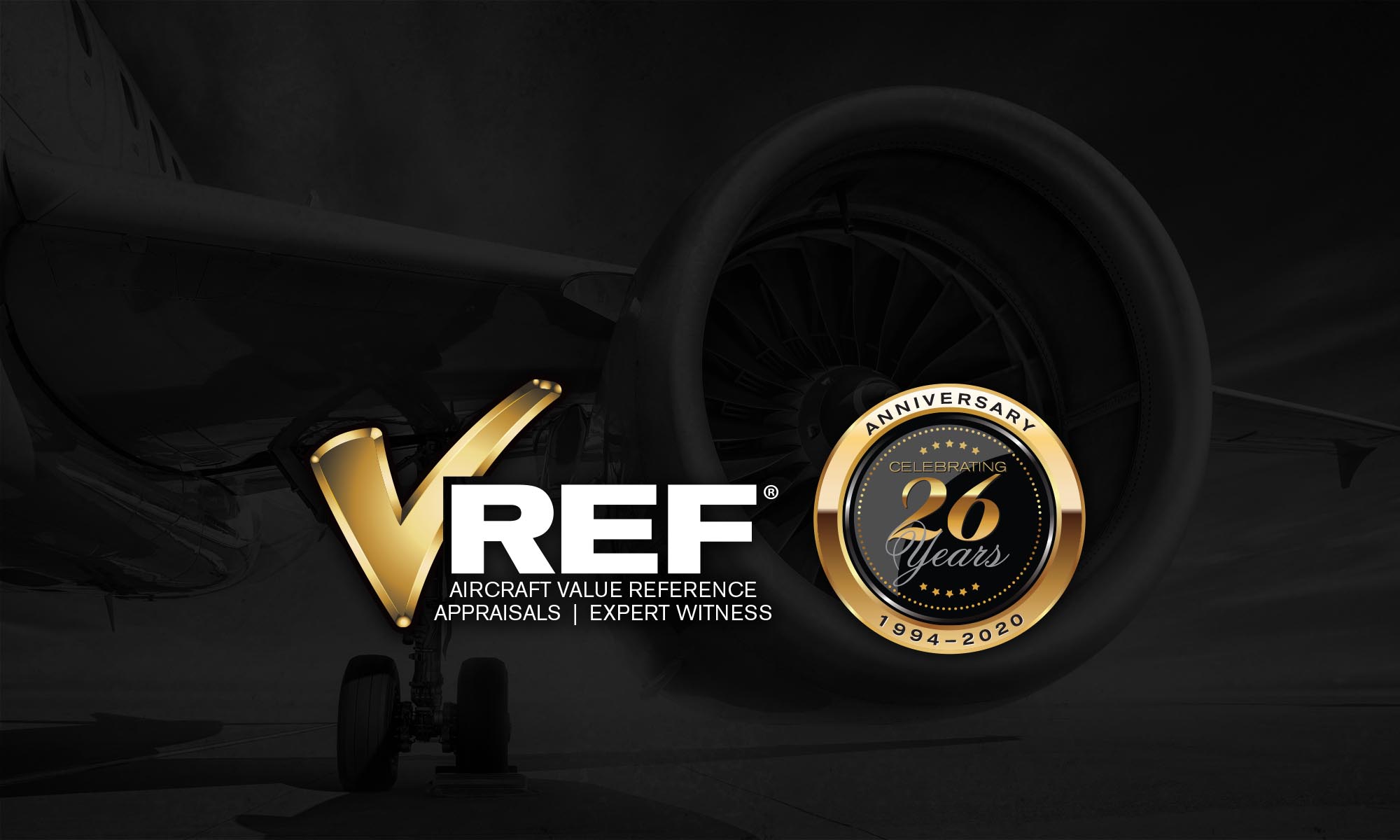The ability to fly like the birds is a fantastic testimony to the human spirit and the limitless brilliance of engineering.
People have been flying airplanes for over a century, and yet design and technology have come a long way in that relatively short period.
There are few things more exciting than becoming a pilot. And yet flying a plane requires more than directly jumping in and taking off. You’ll also need aviation insurance so that you are covered in case of an accident.
Since there are numerous types of aircraft, and some of them are more complicated when it comes to insurance, I will be saving helicopter insurance for another article.
This article takes a look at the five policies every plane needs before leaving the ground. Keep reading to discover insight into everything you’ll need to know to make sure you are covered.
1. Passenger Liability Insurance
It’s important to understand that passengers on an airplane aren’t covered by a general public liability policy. That’s why it’s imperative to have passenger liability insurance in case someone is injured in your plane.
Keep in mind that not every plane operating is carrying passengers; therefore, this type of insurance policy is typically only mandatory for commercial aircraft such as airliners or those running under a Part 135 operating certificate. Fractional aircraft, as well as any Part 91 aircraft, will need passenger liability to protect the owners from the unforeseen situation.
Passenger liability insurance covers all types of liability claims involving personal accidents.
2. Public Liability Insurance
Unlike passenger liability insurance, passenger liability insurance is required for all planes in most countries. This type of policy covers any kind of damage caused by an aircraft, including damage to airplane hanger and other airport facilities and ground support equipment.
It’s important to remember that this type of insurance policy doesn’t cover damage to the plane or anyone inside it. That’s why it’s crucial to make sure that you have additional forms of coverage.
3. In-Flight Insurance
In-flight insurance covers any damage that might occur while in the air as well as any type of damage on the ground, no matter if the plane is in motion or not. Thus it’s an efficient type of policy to have, although it is typically more expensive than a non-in-motion insurance policy.
In other words, in-flight insurance is an excellent all-round type of policy that ensures that you are covered in a wide variety of situations.
4. Ground Risk Hull Insurance Not In Motion
This type of policy protects your aircraft while it’s standing still. It would provide coverage to the plane that could not be self-inflicted, such as natural hazards, fires, or collapsing hangers. Just think of it as a policy that covers your aircraft when it’s not flying.
5. Ground Risk Hull Insurance In Motion
This type of insurance policy, on the other hand, covers you if damage occurs while the aircraft is moving, even while being towed, or by any other kind of incident while the aircraft is in motion. It’s important to note that this type of policy covers not only the hull but the entire plane.
The 5 Types of Aviation Insurance Every Airplane Owner Needs to Have
Accidents happen every day, whether in the air or on the ground. That’s why making sure that you are covered by all five types of aviation insurance is so important.
Click here to see at a step by step guide to obtaining an airplane loan.





